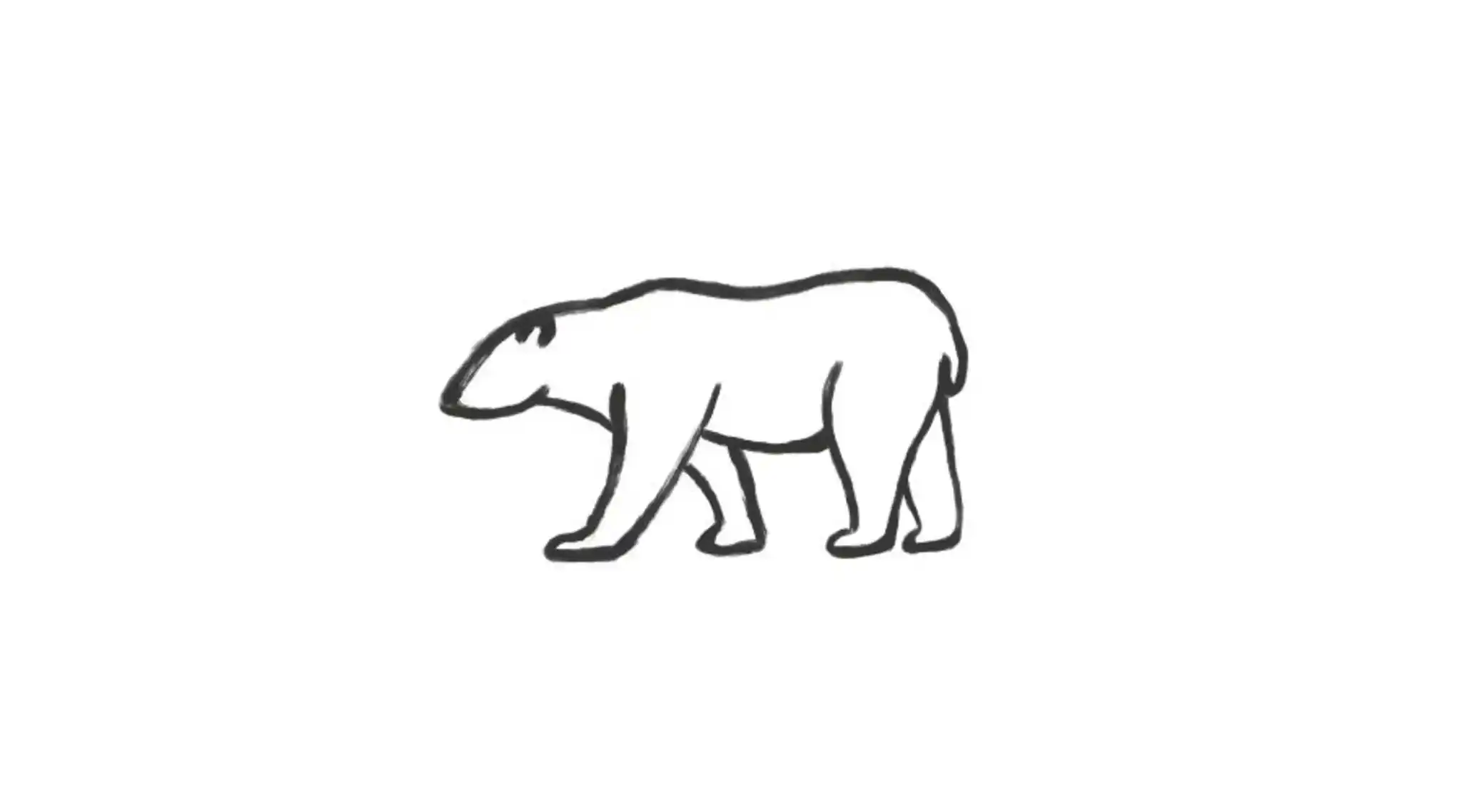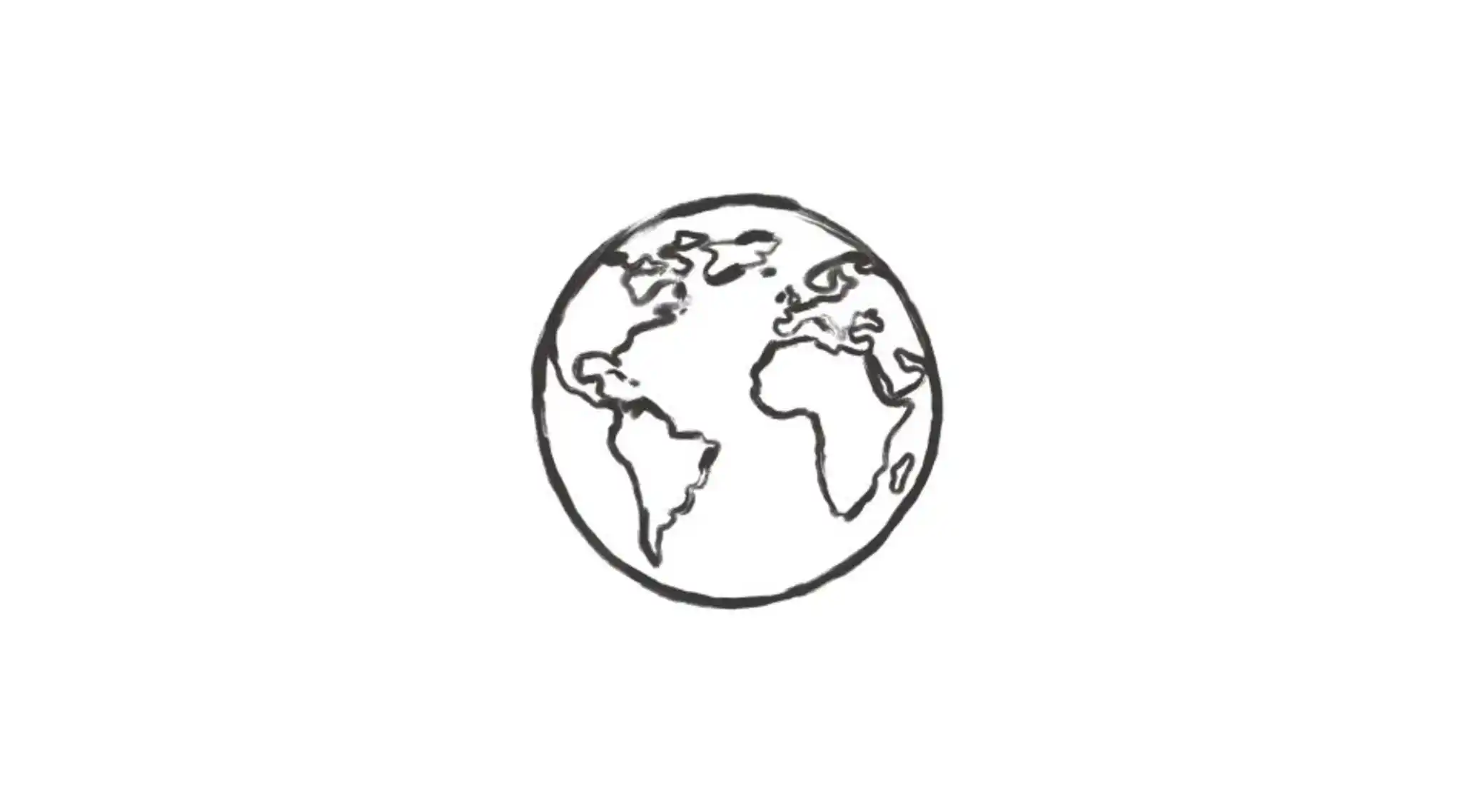This is not an ideal month to travel to Canada for wildlife.
This is not an ideal month to travel to Canada for wildlife.
March is not the ideal month for wildlife safaris, in places like Vancouver, you can expect quite a lot of rain, and similar on Vancouver Island. March is not a good time to see grizzly bears or spirit bears as they are in hibernation. If you can brave cold temperatures, for a very unique wildlife opportunity, this is the time to see polar bear cubs emerging from their dens for the very first time with their new born cubs.
Although not best for wildlife, it is a good time for sports in Canada, and the weather improves and thee days get longer.
During May, there is still some chill in the air but there are fewer crowds. It is a great time of year to watch for whales along the Atlantic coast, with humpbacks, minkes and belugas frequently sighted.
June is the start of wildlife season in British Columbia, and can be a great time to travel in order to see grizzly bears and spirit bears. Lakes and rivers have thawed, and the country is starting to come to life with long, warm days, and animals emerging from their hibernation.
July is a wonderful time to visit Canada for a wildlife safari, with numerous options available to you throughout British Columbia and further north in Manitoba. At this time it is possible to see grizzly, spirit and black, bears and even combine this with a polar bear safari. It is also an excellent time to see a few whale species along the coast.
August can be a thrilling month to explore Canada in search of wildlife, special thanks to the spawning salmon. The salmon run starts in late July, so by August is in full swing as the determined fish swim up river to where they were born in order to spawn and die. As they swim, hungry bears swipe with huge claws and jagged teeth, claiming these tasty treats before they manage to reproduce.
Similar to August, this can be a great month to travel if you want to see wild grizzly bears, as this is the last month of the natural phenomena, the salmon run. At this time grizzlies can often be seen in large numbers at the river banks, and even in the water itself, swiping calorie-rich fish as they try to swim upstream in order to spawn.
October sees the end of the salmon run, but can still be a great time to see grizzly bears and other wildlife in Canada In fact, with the end of the run, the spawned-out salmon are pushed back down the river mouth, making fishing easier for the bears and often bringing another spike in numbers!
In November, the grizzly bears can no longer be seen as the cold weather pushes them into their annual hibernation, so we no longer recommend travel to British Columbia if you are looking for a wildlife safari. There are other options in Canada though, from seeing the fascinating and unique ice grizzlies of the sub-Arctic Yukon, to watching polar bears in Churchill and the Arctic.
This is not an ideal month to travel to Canada for wildlife.









